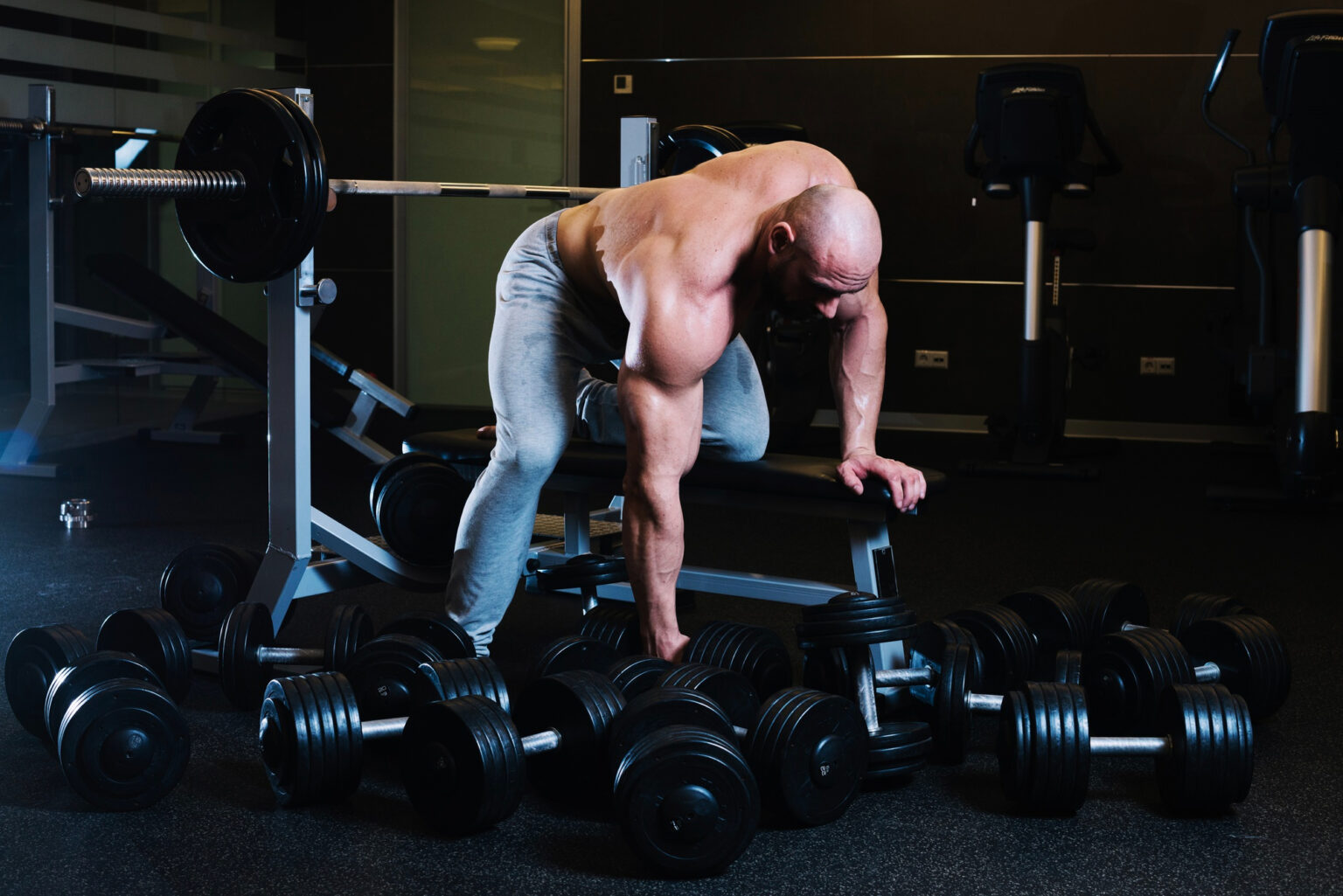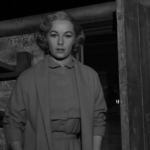A well-rounded workout routine focuses on all areas of the body, including the lower chest. Strengthening the lower chest can improve overall chest appearance and boost performance in various physical activities. Many people overlook this area, but with targeted exercises, they can achieve better definition and strength.
Incorporating effective lower chest workout is simpler than it seems. With a combination of basic equipment and body weight exercises, anyone can enhance their workout. By focusing on the right techniques, individuals can see real improvements in their lower chest strength and muscle tone.
With consistent effort and the right guidance, achieving a defined lower chest is possible. Building a strong lower chest not only enhances aesthetics but also supports overall upper body strength.
Key Takeaways
- Strengthening the lower chest improves overall chest appearance.
- Targeted exercises can enhance muscle tone and strength.
- Consistent effort leads to real improvements in lower chest development.
Essentials of Lower Chest Training
Understanding the lower chest is key for effective workouts. This section highlights the chest muscles, their benefits, and the best equipment for training.
Anatomy of the Chest Muscles
The chest consists mainly of two muscles: the pectoralis major and the pectoralis minor. The pectoralis major is the larger muscle, located in the upper chest. The lower part of this muscle helps create definition in the lower chest area. The pectoralis minor lies beneath it, assisting in shoulder movement and stability.
Focusing on the lower chest can lead to better muscle balance and improved strength. Targeting this area helps build a well-rounded physique. For optimal results, it’s important to include exercises that focus specifically on these muscles.
Benefits of Lower Chest Workouts
Training the lower chest offers several advantages. It enhances the overall appearance of the chest and contributes to better upper body strength. Strong lower chest muscles improve performance in various sports and physical activities.
Another benefit is improved posture. Strengthening this area helps stabilize the shoulders and spine. A strong lower chest can also lead to increased power in pressing movements, such as push-ups or bench presses.
Incorporating lower chest workout can boost confidence by developing a more defined look. This improvement can encourage greater dedication to fitness goals.
Equipment and Environment
For lower chest workouts, several equipment options are available. Dumbbells and barbells are popular choices for traditional weightlifting. Incline and decline benches are useful for targeting specific areas of the chest.
Resistance bands can also help in building strength. They are versatile and allow for various exercises, even at home. Additionally, a cable machine can provide steady resistance for effective training.
The workout environment should be comfortable and safe. Ensuring enough space is vital for movement. Proper lighting and ventilation can enhance the overall training experience. Having the right equipment on hand encourages consistency and motivation.
Effective Lower Chest Exercises
Focusing on the lower chest can enhance overall chest development. Several effective exercises target this area directly, allowing for better definition and strength.
Decline Bench Press
The decline bench press is an effective way to engage the lower chest workout. This exercise involves lying on a bench set at a decline angle. Using a barbell or dumbbells, the lifter pushes the weight upward from the chest.
Key points include:
- Grip Width: A wider grip can encourage more engagement of the lower chest.
- Repetition Range: Aim for 8-12 reps. This range promotes muscle growth.
- Spotter: Having a spotter can enhance safety, especially with heavier weights.
Adjusting the angle of the bench can also change the workout’s intensity, targeting different muscle fibers.
Dip Variations
Dips are another great exercise for developing the lower chest. When performing dips, leaning forward slightly helps target the lower region more effectively.
Consider these variations:
- Bodyweight Dips: Simple and effective, these can be done on parallel bars.
- Weighted Dips: Adding weight with a belt can increase resistance for advanced lifters.
- Bench Dips: This can be done using a bench or sturdy surface, helping beginners ease into the motion.
Aim for 8-15 reps, focusing on form rather than speed.
Chest Fly Variations
Chest fly variations isolate the lower chest and can be performed using dumbbells or cables.
Key methods include:
- Decline Dumbbell Fly: Lying on a decline bench, the lifter expands the arms wide and brings them together.
- Cable Fly: Using cables at a low position helps pull the arms upward, enhancing lower chest activation.
- Resistance Bands: Bands provide constant tension and can be used anywhere.
The target here is to maintain a slight bend in the elbows throughout the movement to avoid strain.
Pullover Techniques
Pullovers are versatile for targeting the chest and the back. They can be done with a dumbbell or a cable machine.
Important tips include:
- Flat or Decline Bench: Lying on either can yield different muscular emphasis.
- Range of Motion: A full stretch and contraction during the movement maximizes benefits.
- Tempo: Slow, controlled movements are essential to work the lower chest effectively.
Aim for 10-15 reps, ensuring smooth and deliberate motions for the best results.














